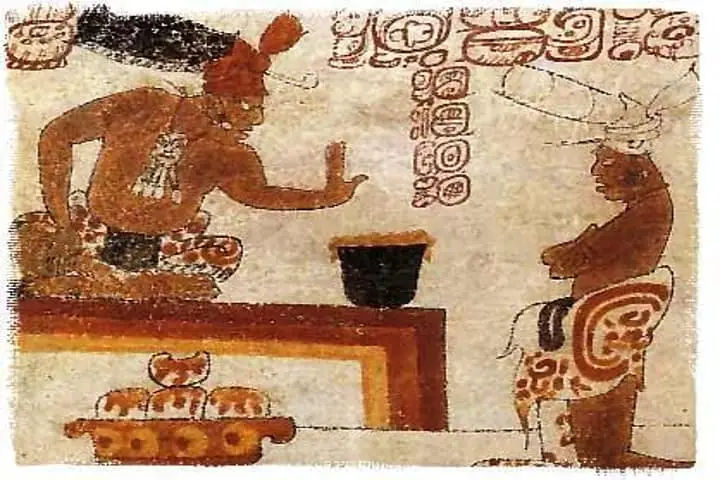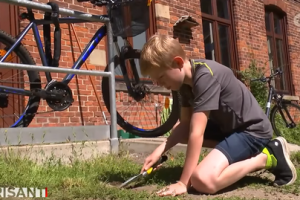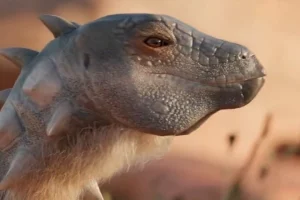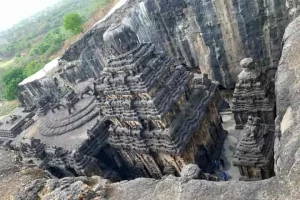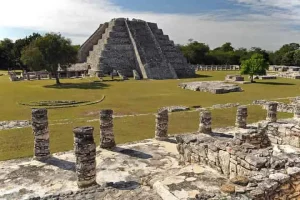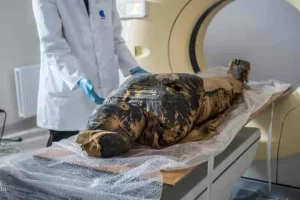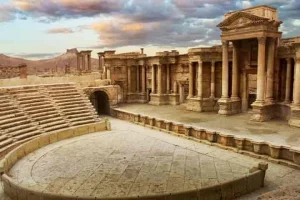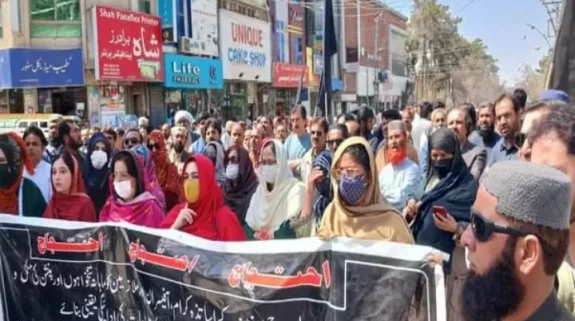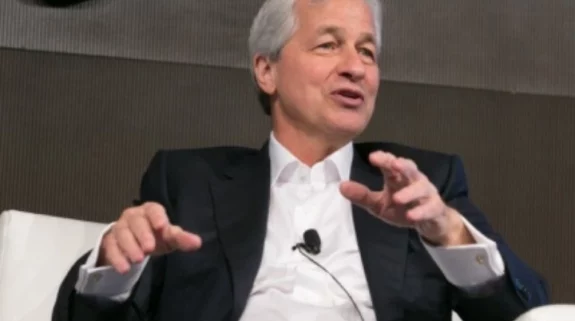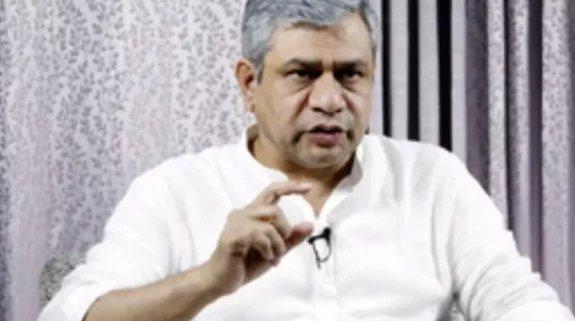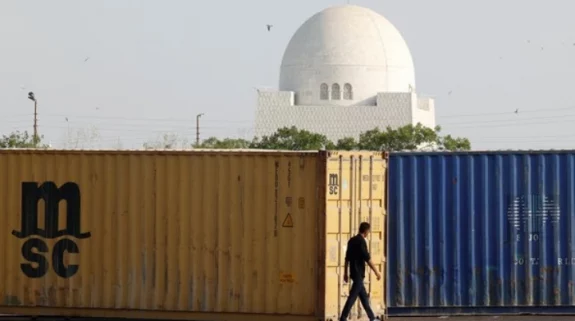The seeds of the cacao plant from which the world gets to eat the tasty chocolates were so precious that they were used as a unit of currency. Hard to believe but it holds true for the Maya people who lived thousands of years ago in central America and thought cacao to be a gift from the gods according to a report in sciencealert.com.
Researchers have now found locations where the Maya people raised sacred cacao groves where they discovered traces of the crop in sheltered sinkholes. These were ideal places as they had the optimum mix of shade and humidity required for these plants to thrive.
Also read: Salt kitchens – a well guarded secret of the Mayan civilization revealed
These sinkholes or cenotes are found on the Yucatan Peninsula in Mexico have their own microclimates. Inside them there is theobromine and caffeine which are essential for the cacao plants to flourish.
There were several indications of rituals that were performed in these places. These included staircases made of stones, altars, carvings and ceramics and jade that were offered to the powerful powers.
Talking about these sinkholes, Richard Terry who is a soil scientist from Brigham Young University (BYU) said: "We looked for theobromine for several years and found cacao in some places we didn't expect. We were also amazed to see the ceremonial artefacts. My students rappelled into one of these sinkholes and said, 'Wow! There is a structure in here!' It was a staircase that filled one-third of the sinkhole with stone."
From the sinkholes, soil was taken which was then dried and sieved and covered with hot water. In order to separate the individual elements of the sample, it was put in a centrifuge. To know and identify what the soil contained mass spectrometry was used and these results were confirmed by comparing them with control samples.
Among the many sinkholes, the one which is in proximity to Coba in Mexico, is considered to have been the site of a sacred cacao grove. It was during the Late Postclassic period which is from 1000 CE to 1400 CE. Here the bracelet and the arm of a figurine were found. Besides this several ceramic modelled cacao pods, and the remnants of cacao trees that were still growing.
Sharing details Terry said: "Now we have these links between religious structures and the religious crops grown in these sinkholes. Knowing that the cacao beans were used as currency, it means the sinkholes were a place where the money could be grown and controlled."
Also read: Ancient Egyptians celebrated peace and prosperity of King Amenhotep III in grand style
Common on the Yucatan Peninsula, sinkholes come into being when sunken pockets in the landscape are created with the dissolution of soluble rocks. Evidence now points that ancient Maya made full use of these natural hollows to their advantage.
Since many of these sinkholes are close to the Maya highway, a 120-kilometre busy trade route, experts feel that those who were heading the development of the highway also played a vital role in production of cacao.
Summing up the study Terry remarked: "This new understanding creates a rich historical narrative of a highly charged Maya landscape with economic, political and spiritual value.
The study was published in Archaeological Science






